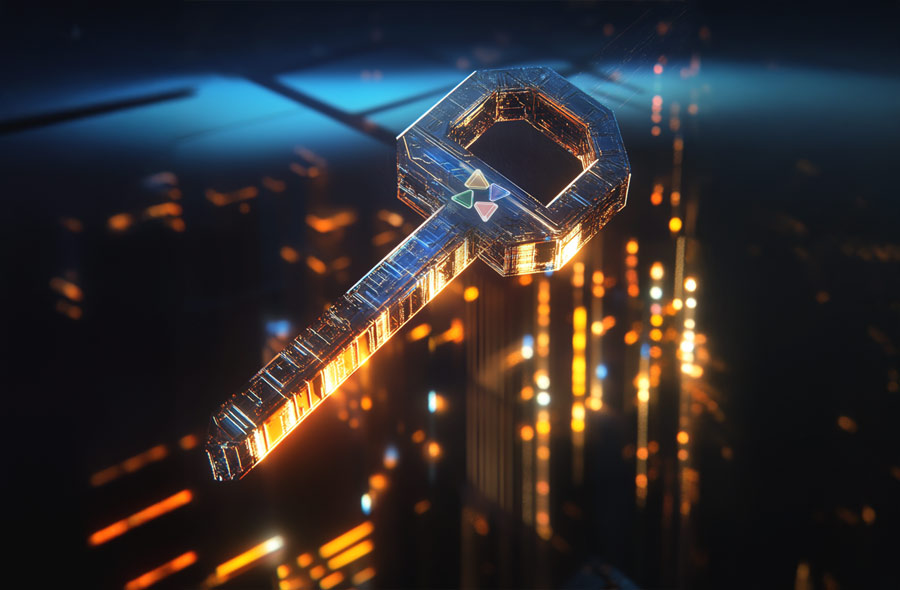Legal & compliance
The third aspect to consider in the tokenisation process is the regulatory and legal side of things which is relevant at all stages of the process, especially for assets that are deemed to be securities or require other regulatory oversight.
The first part of this is regulatory compliance. Tokenising physical assets usually involves regulatory requirements depending on the jurisdiction in which the asset is located. For example, in the United States, securities laws may apply if the tokens represent ownership in the asset and are sold to investors. Compliance with anti-money laundering (AML) and know-your-customer (KYC) regulations are usually also required either when selling the tokens or when registering on a token marketplace.
The process of issuing tokens should also be carried out in compliance with applicable laws and regulations. This includes ensuring that the tokens are not being sold as unregistered securities. And lastly, there may be tax implications when tokenising a real world asset.
Custody & settlements
The fourth aspect to consider in the tokenisation process are any custody and settlement requirements. The tokenisation process basically just creates a digital twin of the asset, but for the asset to actually be tokenised various things ought to be considered. For example, it should be ensured that the ownership of the real world asset is actually in the hands of the token holders. And that the party that tokenises the real world asset holds the deeds and titles to prove the ownership of the asset at the time of tokenisation.
But this is of course not the only relevant point related to this aspect of the tokenisation process. Other things like the management of the physical asset needs to be carefully outlined. This refers to things like loans that need to be repaid before an asset can be released, measurements to prevent (and insure against) things like theft, loss, or damage also need to be agreed upon and be put in place, or arrangements regarding the movement, renovation, etc. of an asset.
These aforementioned considerations mostly refer to the management of the physical asset. But for the tokens, there are also various considerations depending on the jurisdiction. There may be restrictions on the transfer of tokens representing ownership of physical assets. For example, in some cases, the transfer of ownership may require the involvement of a licensed broker or agent.
Dispute resolution
The fifth aspect of the tokenisation process is dispute resolution. Even with all arrangements and precautions in place there will always be times where there are misunderstandings and disputes. So how does this work with tokenised real world assets.
When it comes to dispute resolution in the context of tokenised physical assets, the process can vary. This depends on the specific platform or protocol being used to facilitate the tokenisation. In most cases, the smart contract of the tokenised asset outlines the exact rules and agreements related to the token (and real world asset), as well as the process for dispute resolution.
However, another approach is to rely on established legal systems and frameworks to resolve disputes. For example, if a dispute arises between parties involved in a tokenised real estate transaction, traditional real estate laws, and courts could be used to resolve the dispute.
Nevertheless, it’s worth noting that tokenisation of physical assets is a relatively new technology. There may be some legal grey areas and uncertainties when it comes to dispute resolution. As a result, it’s important for parties involved in tokenised physical asset transactions to seek legal advice and carefully consider the terms and conditions of any smart contracts or agreements before entering into a transaction.
Data
The sixth and final aspect of any tokenisation process is data, and the various types of data. Data, as well as its validity, availability and accessibility is key throughout the whole tokenisation process. After all, no data, no tokenisation.
However, not all data is the same, and different types of data need to be treated and managed differently. Generally speaking, each asset has 3 types of data, namely:
- Dynamic data:
- Real-time data
- High rate of change and amount of data
- For example: Stock prices, weather data
- Static data:
- Properties, attributes, etc.
- Medium rate of change and amount of data
- For example: Product name, warranty information, etc.
- Core data:
- General identification data
- Low rate of change and amount of data
- For example: Product ID, date of birth, etc.
Depending on the needs and goals of the tokenisation process, certain data within each of these three categories will have to be made available and accessible. Typically, core data and static data are stored on-chain. Dynamic data is either stored off-chain and linked to on-chain, or it is broadcasted to the blockchain through the use of oracles.
Furthermore, depending on the specific data, it may be encrypted before it is stored on-chain. In this case, the encrypted version or hash of the data serves as a way to validate off-chain data without making it publicly available.










